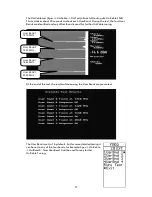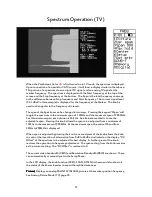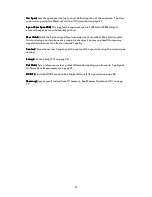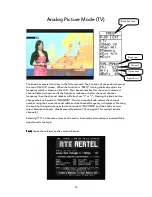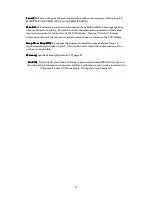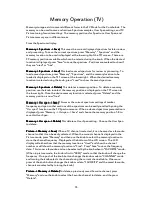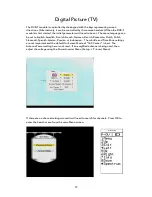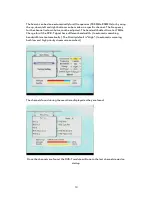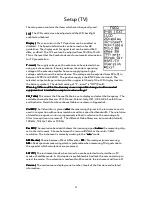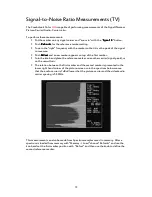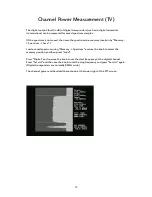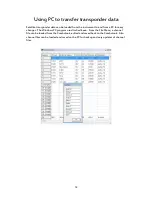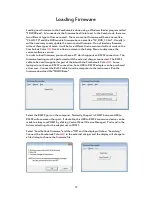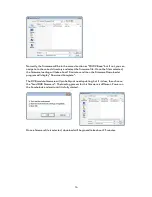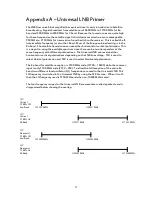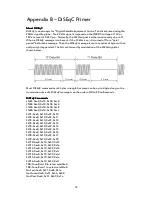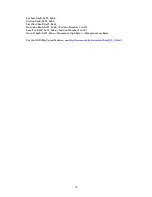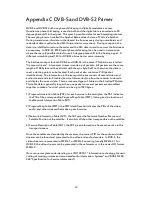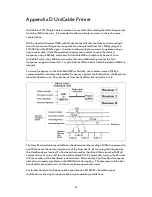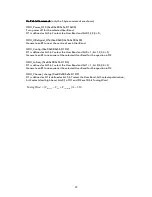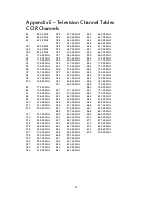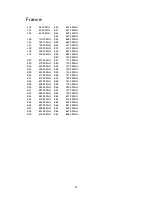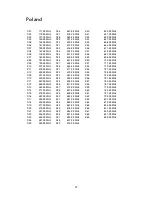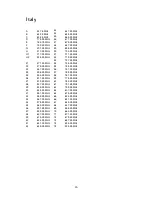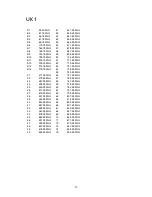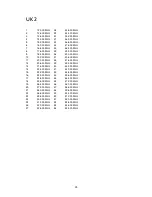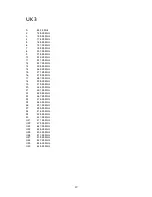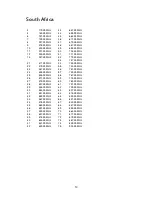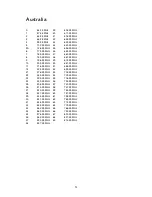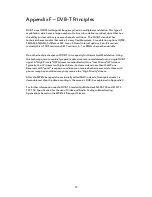
37
Appendix A – Universal LNB Primer
The LNB (low noise block amplifier) has evolved since its early introduction in Satellite
broadcasting. Signals broadcast from satellites are 10600 MHz to 12700 MHz for Ku
band and 3000 MHz to 4500 MHz for C band. Because the losses in coax are quite high
for these frequencies, the satellite signal is first downconverted to a more manageable
950 MHz to 2150 MHz for transmission from the dish to the receiver. This is called the IF
(intermediate frequency) or also the L Band. Most of the European broadcasting is in the
Ku band. The satellite transmission can use either horizontal or vertical polarisation. This
is a way of re-using the available spectrum since there can be two transponders at the
same frequency with different polarisations. The Universal LNB can receive either
horizontal or vertical polarisations depending on the LNB line voltage. 13V is used to
select Vertical polarisation and 18V is used to select Horizontal polarisation.
The Ku band for satellite reception is 2100 MHz wide (12700 – 10600) while the receiver
input is only 1100 MHz wide (2150 – 950). To allow the full reception of the entire Ku
band, two different local oscillator (LO) frequencies are used in the Universal LNB. This
LO frequency is switched in the Universal LNB by using the 22 KHz tone. When it is off,
then the LO frequency used is 9750 MHz and when on, 10600 MHz is used.
The four frequency ranges for the Universal LNB are sometimes called quadrants and is
diagrammed below showing the overlap.
13V
Vertical
22 KHz Off
Low Band
10700V MHz
11900V MHz
11550V MHz
12750V MHz
13V
Vertical
22 KHz On
Hi Band
18V
Horizontal
22 KHz Off
Low Band
10700H MHz
11900H MHz
11550H MHz
12750H MHz
18V
Horizontal
22 KHz On
Hi Band

